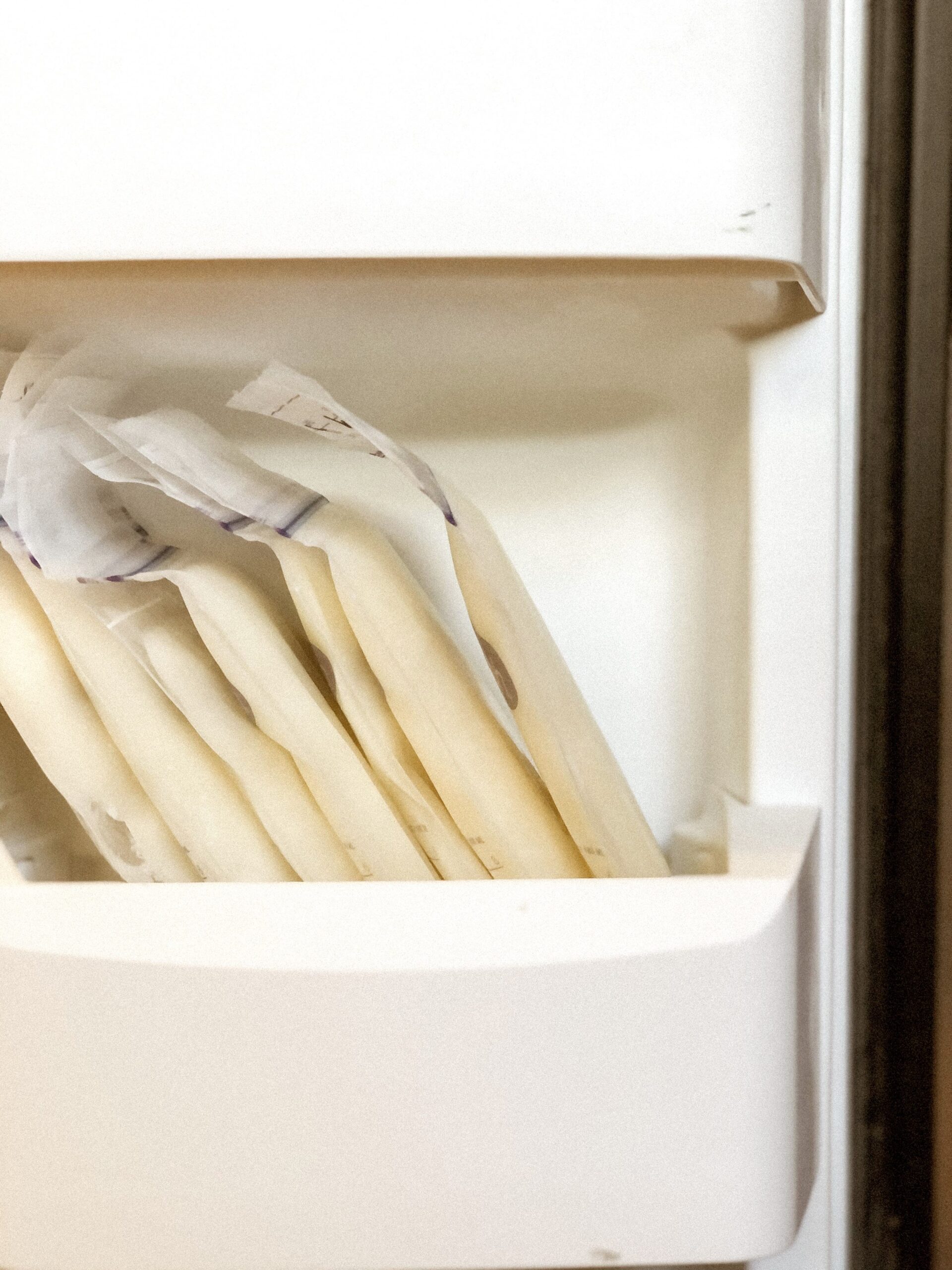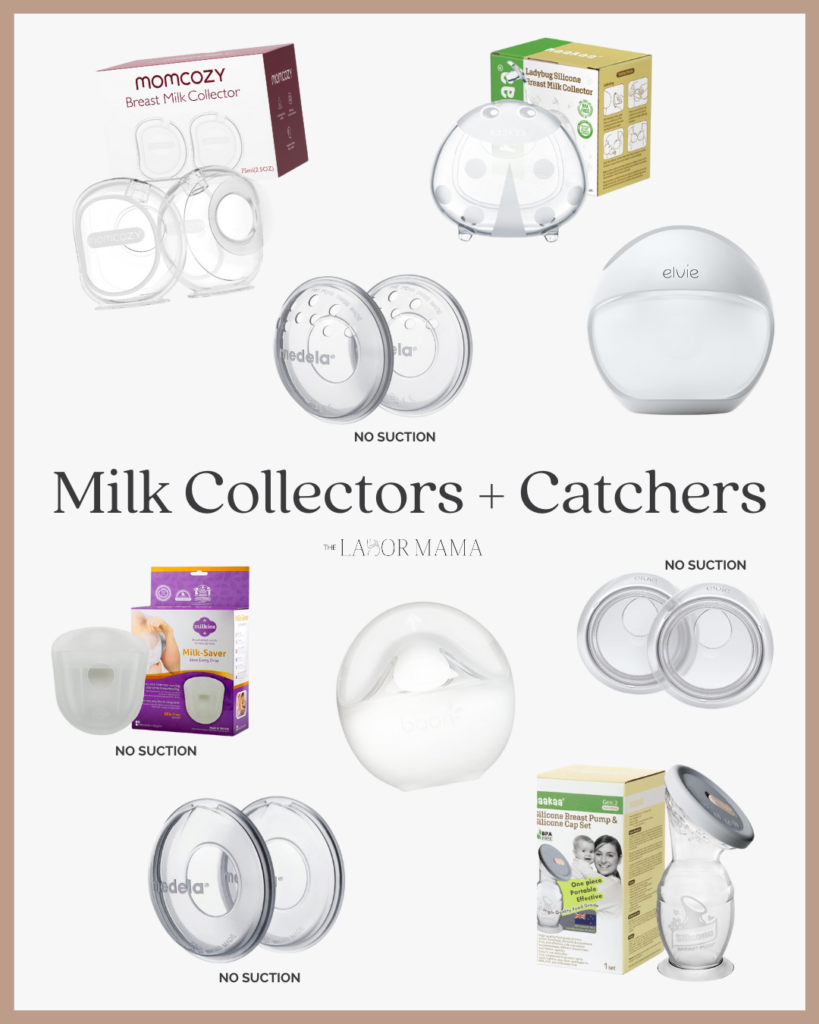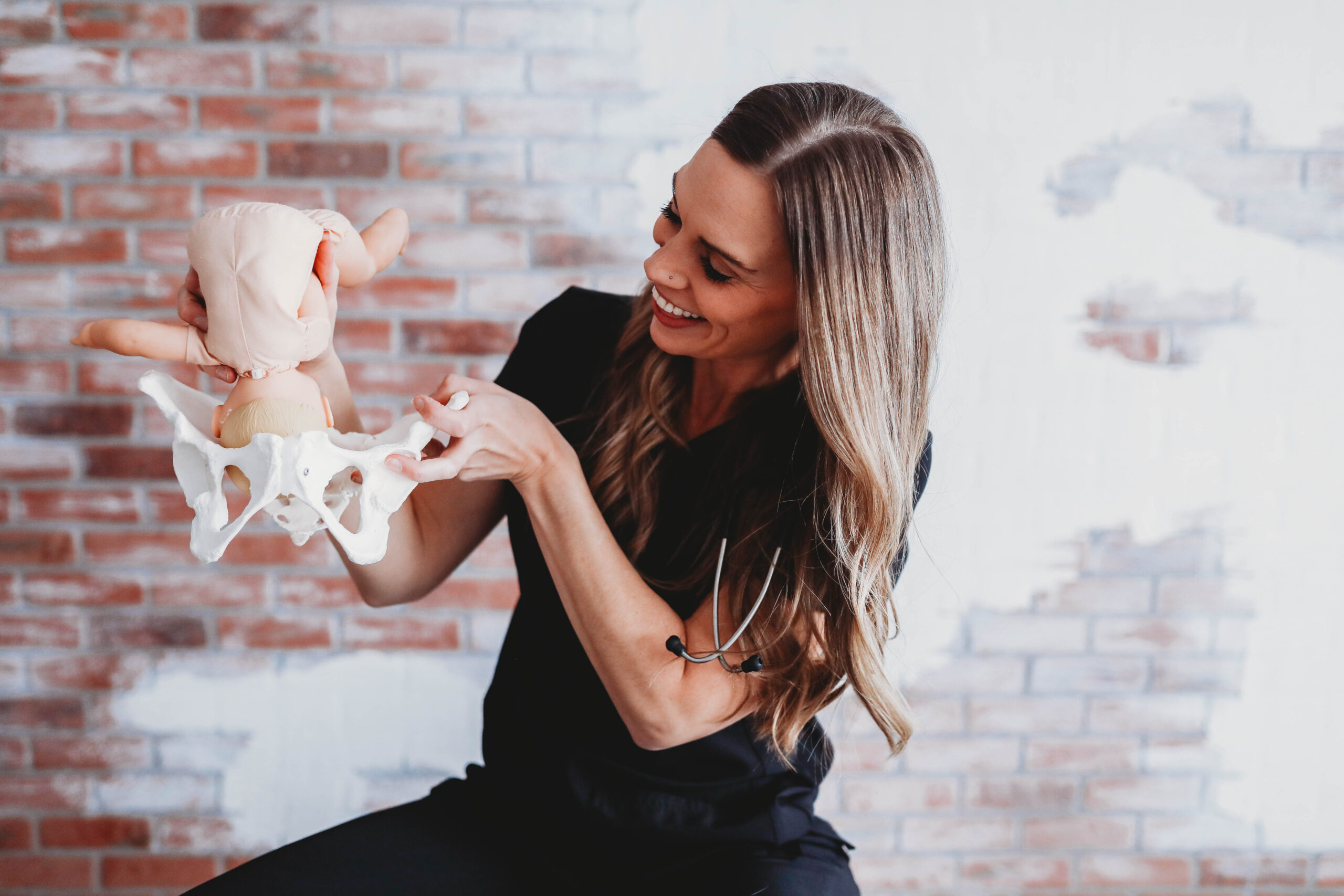I’m sure you’ve seen them – those pictures of freezers absolutely full of breastmilk, often called a “breastmilk freezer stash.” It’s impressive, staring at those rows and rows of tidily labeled bags – but it can also feel super overwhelming or paralyzing. Do we all really need that much frozen milk? What if we aren’t returning to work outside of the home? How about if we only work part time? Will your body doesn’t make that much extra? And how or when do we even start that process?
Pregnant and thinking ahead to your breastfeeding story? I know I always am! Regardless of what has or hasn’t happened with my prior baby(ies), I’ve always been so aware that every mama/baby couplet is so different! And I’ve seen this in my repeat patients time and again too. I absolutely think the wisdom of prior experiences helps guide us in our next stories, but it’s also a really good idea to approach your breastfeeding relationship, and the idea of a healthy milk supply as a bit of a brand new expience each time too.
So, whether your a first time mama wondering about all of this or it’s your fifth, let’s get into the things you should definitely consider as work toward a strong milk supply and a healthy breastfeeding relationship.
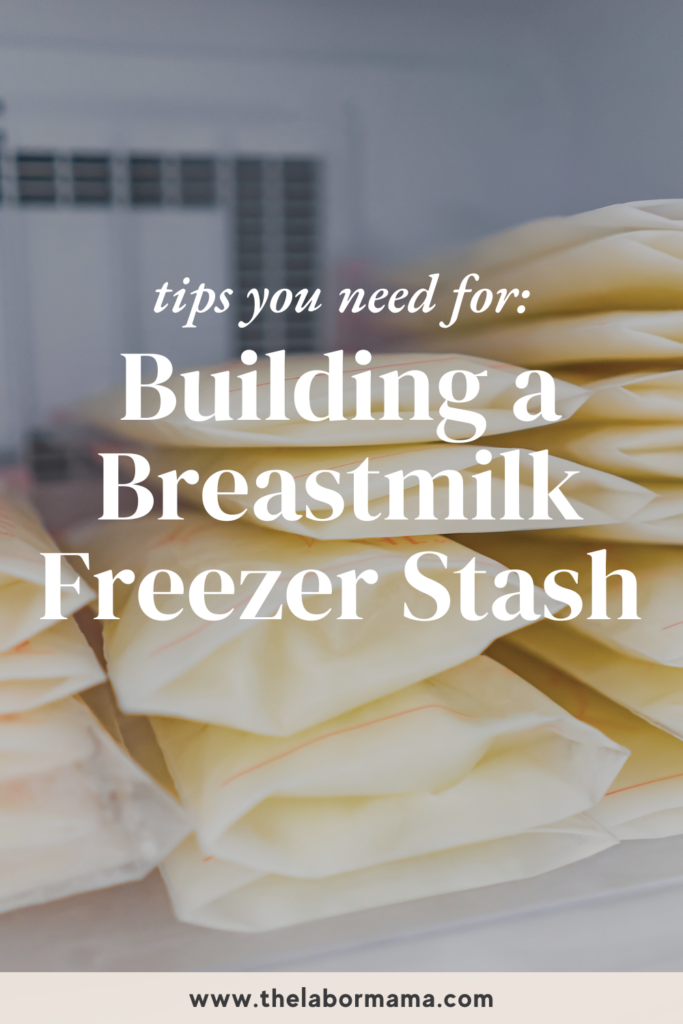
Who is The Labor Mama and Why Am I Here?
Hey friend! I’m Lo – also known around here and social media as The Labor Mama. I’ve spent my nursing career in labor, delivery, and postpartum, have birthed 3 of my own babies, have labored thousands of mamas at the bedside, have taught hundreds of students online, and have even delivered a few speedy little babies with my bare hands (oops).
Here at TLM, I offer online classes to empower you the way everyone should be. The education + support I offer gives you experience, evidence, and empathy; you’re getting all of my years of “clinical” RN knowledge, beautifully combined with my real experiences as a mama and a nurse. These are not your average hospital classes (those won’t do it, I promise), and honestly, birth, postpartum, and breastfeeding don’t follow a textbook or protocol anyway. You need to know so much more than that!
If you want to connect with me further, head to Instagram. There are hundreds of thousands of us over there learning together daily.
Do you need a breastmilk freezer stash?
Deep breath friend. Because you know what? You actually don’t need a freezer full of breastmilk before returning to work. And you don’t need a freezer full of breastmilk so you can be free to leave your little with sitters, run errands, or dream feed. We need to remember that ideally, we are always pumping when our baby is away from us and getting a bottle. And our bodies are smart! They continue to make what our littles need even when we are away from them. It is entirely possible to go back to work (and/or have some time away from your little) even if you don’t have a freezer full of milk at home.
What is a freezer stash of breastmilk?
These “stashes” of milk are extra milk (beyond the necessary nursing/pumping sessions) that has been pumped in the weeks leading up to a return to work (or planned times away from a little). Each day these bags of milk are pumped, labeled and frozen. They can then be pulled out when a bottle for the little is needed. If you are planning to bottle feed your little one at some point (and are currently exclusively nursing) it is recommended to introduce a bottle around 4 weeks of life.
Why would you need frozen breastmilk?
Alright, so even though we understand that a big breastmilk freezer stash isn’t actually necessary, we also know that many still work hard to have that extra milk in their freezers. Why are so many doing all of this extra pumping (often during their precious maternity leave) to fill that freezer?
Honestly? It depends! The reasons for wanting a stash can be pretty personal and individual. Of course, returning to work (outside of the home) is one of the most common reasons. Many are concerned that they won’t be able to pump as often as needed or generate as much milk as their little is consuming at home. A freezer stash can help fill in any gaps that occur between what they’re pumping at work and what is being used.
Other reasons you may want a little extra stash?
- Dream feeds (for those who do not pump at this time)
- Running errands
- Date nights
- Sitters + Nannies
- Airplanes/Trips/Travel
- Places they’d prefer not to breasfeed
Like we mentioned above, ideally one is always pumping when their little is away from them and getting a bottle (and that replaces the supply being used). Remember, we always want to be stimulating that supply and demand system. We can’t skip too many pumping sessions and not expect a change to our supply. But some find that there are the occasional times where you just can’t get that pumping session completed and the freezer stash at home ensures that there is milk for their baby.
How much milk should be in a freezer stash?
This too is going to depend on you and your (expected) needs. A loose calculation for basic breastmilk needs is that babies need about an ounce of milk for each hour they are away from their mothers. A typical bottle for a little in the first year is also about 4 ounces. But, you are going to have to learn what your little’s feeding patterns are! Then, you can consider what situations you want some milk stored in your freezer or times you may not be able to pump and replenish.
Are you discouraged because you only get an ounce or two when you pump? Hang on!
- 2 oz x 7 days/week x 8 weeks = 112 ounces (or 2 oz x 7 = 14 oz per week x 8 weeks = 112 ounces)
- 112 ounces/4 ounces (a standard bottle size) = 28 bottles/feeds
I know an ounce or two doesn’t seem like much on it’s own, but if you pump for these couple early months and get this output that is 28 extra feedings for your little! If you only pump once and get an 1 ounce a day? That’s still 14 extra feedings stashed up!
When should you start building a freezer stash?
Many are able to start collecting milk very early because of tools like the Haakaa, the Elvie Curve or the Boon Trove. These tools attach (via negative pressure/minimal suction) to the maternal breast that is not being nursed on during a feeding session and catch any milk that leaks during letdown(s). Most can begin using them and collecting after the first couple days postpartum.
In theory, any of these tools that utilizes suction is a but of a manual pump that IS stimulating the breast, so it could worsen oversupply issues. If you already have a known oversupply issue, a tool like a Milkies or the Elvie Catch is a better choice, as these both collect milk without applying any negative pressure or suction.
Other helpful reads:
- Breastfeeding: A Healthy Milk Supply from Day One
- Foremilk vs Hindmilk: Is One Better Than the Other?
Where do you add in a pumping session?
Ok, cool, but what about pumping, right? When should you start that? Whether or not you are pumping initially for supplementation, it is best to wait to start pumping for “extra” until about 4 weeks or so postpartum. This allows your milk to fully come in, to regulate, and for you and your little to establish a good rhythm, routine, and feeding relationship. If you feel that you don’t have a good relationship or routine at this point – it’s okay to hold off on pumping!
Most littles fall into a loose 3 hour feeding schedule in these early months. You may find that pumping about 30 minutes – 1 hour after a nursing session is good timing for both fitting in a pumping session and feeling that you have milk for your little one by the time they are awake and hungry again. Remember, your breasts are never actually empty. Keep “asking” in that pumping session. Your body can make enough for that AND for feeding your little at that next feed.
How many pumping sessions will you need?
Your needs, you schedule, and your supply will determine how often and when you’ll need to add in an extra pumping session. Your prolactin levels ARE highest in the mornings. So, you may want to take advantage of that and add in a morning session if you are able. But if you aren’t – no worries! It’s hard to find a time when you know your baby will nap well for you. It’s okay if this isn’t all figured out by 4 weeks. When things are more predictable, choose a time in your schedule when you can be consistent and faithful (morning, afternoon, or night, truly)! That consistency is so important for stimulating the supply and demand system.
When you are done building your stash, you can slowly “wean” that session(s) away by decreasing the minutes of time you pump each day or two. A gradual slow down of “demand” should help mitigate any engorgement or uncomfortable excess supply. I’ve got so much more for you here on weaning, too.
The takeaway on building a breastmilk freezer stash
Ultimately, you want to remember that all of these choices are extremely individual to you and your life. What works for your neighbor may not be what you need – and that’s okay. There are many who do not fill a freezer full of breastmilk and are still more than able to exclusively breastfeed their littles for the first year of life. And there are many who love the peace of mind that full freezer gives them.
You can land wherever you need to on this topic. There is no right or wrong answer here, as long as you are honoring YOUR needs and YOUR relationship with your little. The rest will fall into place.
Did you have a stash? Did you need it? What was your best tool? Let me know! xx- Lo
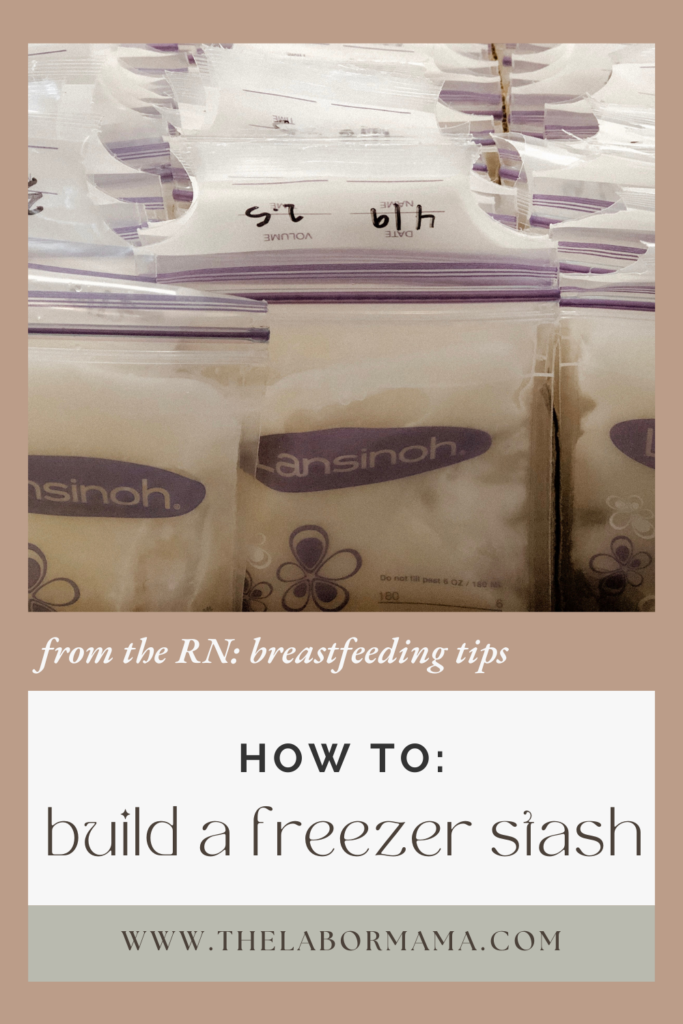
More resources (and freebies!) for you to take a peek at:
- Comprehensive Birth Plan and Birth Priorities templates
- A complete Third Trimester Checklist
- The RN + mama of 3 Ultimate Packing List
- The Labor Mama online birthing classes for every family
A note: This post may include affiliate links. This means if you make a purchase after clicking a link, I will earn a small commission (thank you)! Rest assured, this comes at no additional cost to you. You can read TLM’s full disclosure here.
